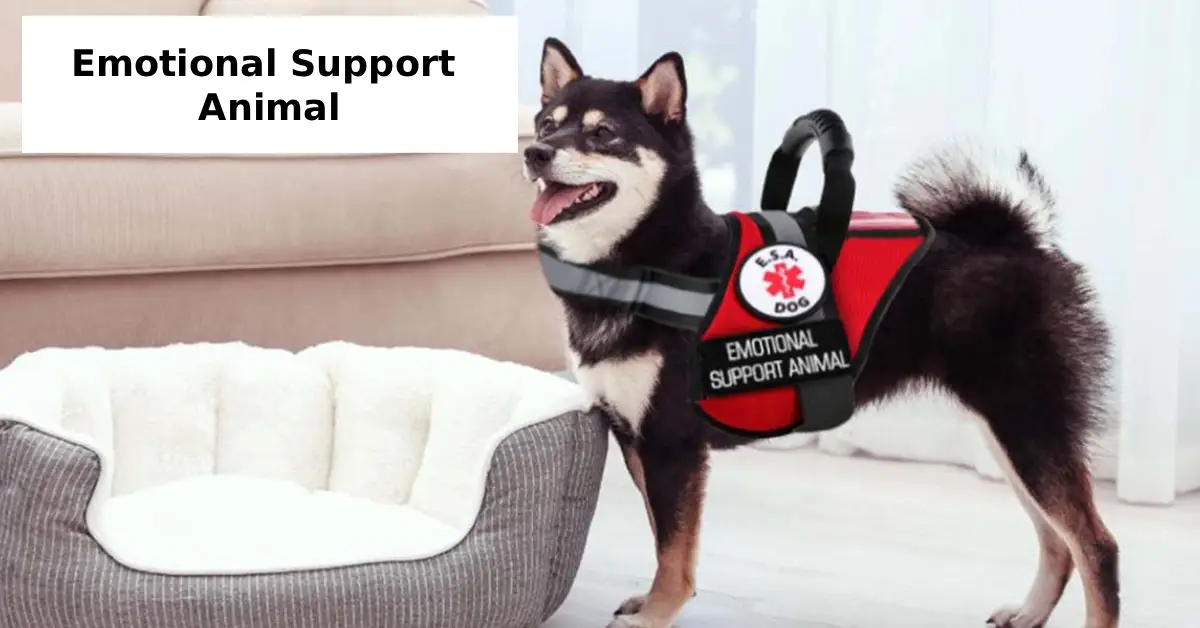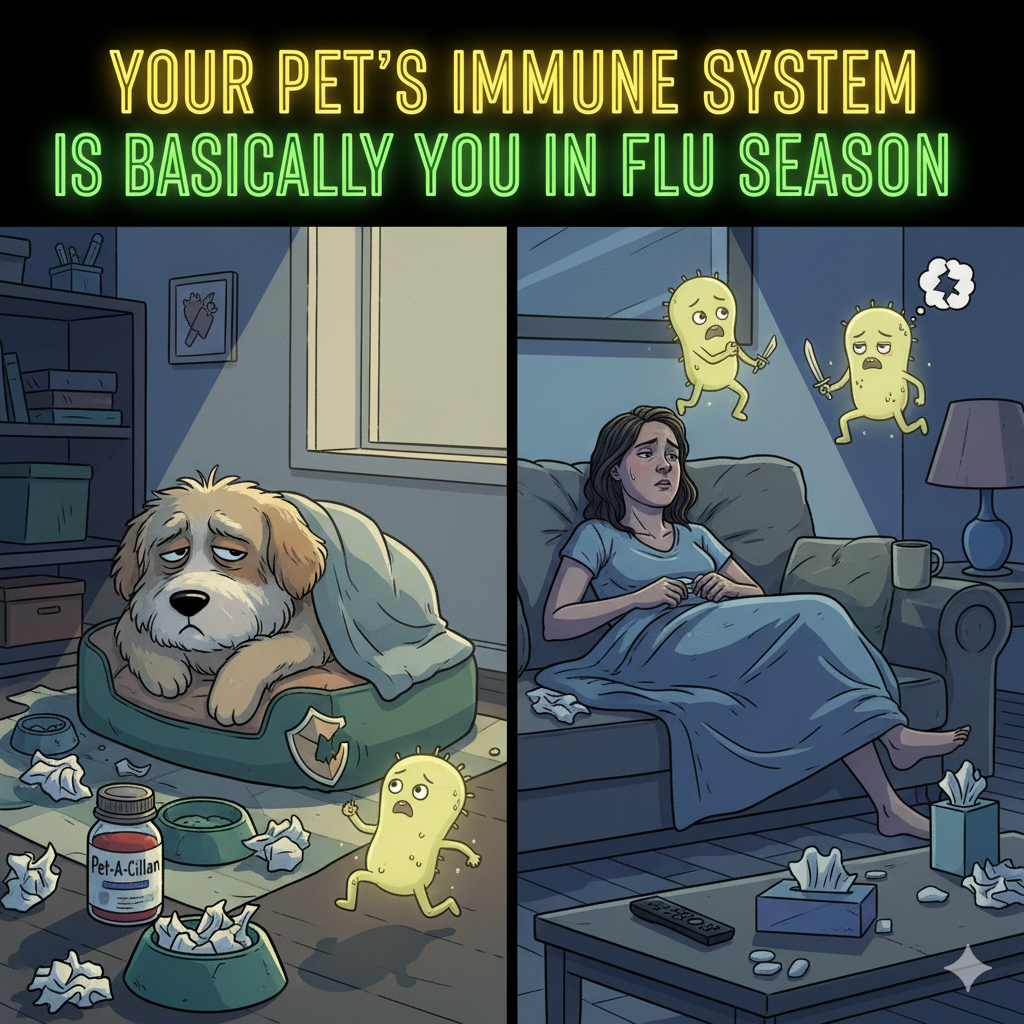In today’s fast-paced world, mental health has become a priority for millions. Whether it’s anxiety, depression, PTSD, or emotional stress, emotional support animals (ESAs) offer unmatched companionship and healing. But how to choose the right emotional support animal for you? That’s a question worth deep diving into—because your ESA isn’t just a pet; it’s a therapeutic partner.
From emotional support dogs to cats and even miniature horses, your choice depends on your emotional needs, lifestyle, and living situation. This emotional support animal guide is designed to help adults dealing with anxiety, depression, or emotional disorders, and others seeking clarity on this life-changing decision.
What is an Emotional Support Animal?
An emotional support animal provides comfort simply by being present. Unlike service animals, ESAs don’t need specialized training, but they do require a letter from a licensed mental health professional stating your need.
They’re widely used by:
- College students and young professionals seeking mental wellness support
- Veterans and PTSD patients looking for ESA benefits
- Therapists and mental health professionals guiding clients
- People searching for ESA certification or housing/travel support
Why Choosing the Right ESA Matters
The relationship between a person and their ESA is emotional, therapeutic, and highly personal. Choosing an animal that suits your personality and lifestyle can significantly impact your healing journey.
Many pet lovers interested in emotional well-being often rush into getting an ESA, but the right choice requires patience and insight. An unsuitable match could increase stress rather than ease it. So, how do you make the best choice?
Key Factors in Choosing an Emotional Support Animal
1. Assess Your Emotional Needs
Start by understanding your core emotional struggles:
- Are you looking for companionship to battle loneliness?
- Do you need a calming presence during anxiety attacks?
- Do you struggle with motivation due to depression?
Your answers will guide you toward the best emotional support animals for your situation.
For instance:
- ESA animals for anxiety should be calm and cuddly (like golden retrievers or ragdoll cats).
- For depression, active and interactive animals like Labradors or even parrots might be ideal.
- Individuals living alone or in urban environments might prefer cats or rabbits.
2. Evaluate Your Living Situation
Do you live in a small apartment or a house with a yard? Are there building restrictions or roommates with allergies? These considerations are crucial.
- Emotional support cats are great for apartments.
- Dogs, while popular, require more space and outdoor time.
- Therapy dogs benefits are immense, but they may not suit everyone due to their size and energy levels.
3. Consider Lifestyle Compatibility
Think about:
- Your daily schedule
- Travel habits
- Physical activity level
- Financial capacity
If you travel frequently, a small emotional support animal like a cat or rabbit might be easier to manage. If you’re active, a dog may complement your lifestyle better.
Popular Types of Emotional Support Animals
There are many types of emotional support animals, but the most common include:
Dogs
The most common ESA, dogs are loyal, responsive, and affectionate. They’re especially helpful for:
- Anxiety
- Depression
- PTSD
Emotional support dogs are known for their ability to sense emotional changes and provide comfort.
Cats
Ideal for calm, independent individuals. They’re low-maintenance and emotionally intuitive.
Rabbits
Quiet, clean, and perfect for small living spaces. Rabbits bond closely with their owners.
Birds (like parrots or cockatiels)
Intelligent and interactive. Great for people who enjoy mental stimulation and talking interaction.
Hamsters/Guinea Pigs
Great for children and those with limited mobility.
Miniature Horses
Rare but valid—used in therapeutic environments and are gentle giants.
The Best Emotional Support Animals by Condition
Here’s a quick guide for the best ESA animals for depression and anxiety:
| Condition | Best ESA Options |
|---|---|
| Anxiety | Golden Retriever, Cavalier King Charles Spaniel, Ragdoll Cat |
| Depression | Labrador Retriever, Parrot, Siamese Cat |
| PTSD | German Shepherd, Boxer, Maine Coon |
| Autism/Emotional Needs in Children | Labradoodle, Rabbit, Guinea Pig |
Families exploring ESAs for children with autism or emotional needs may also benefit from hypoallergenic breeds or animals that respond well to sensory therapy.
How to Get an Emotional Support Animal
How to get an emotional support animal legally?
You’ll need:
- A recommendation letter from a licensed mental health professional
- Proper documentation for housing or air travel (as per Air Carrier Access Act and Fair Housing Act)
This step is crucial for people searching for ESA certification or housing/travel support.
Tips for a Successful ESA Experience
- Spend time with the animal before adopting
- Choose reputable shelters or ESA providers
- Ensure regular vet visits and vaccinations
- Provide basic training and socialization
- Create a stable routine for feeding and bonding
Whether you’re a therapist or mental health professional guiding clients, or an elderly citizen needing companionship and emotional care, the success of ESA therapy largely depends on ongoing bonding and care.
Dog vs Cat Emotional Support Animals: Which is Right?
Many people curious about dog vs cat ESA comparisons wonder which one is better. Here’s a quick contrast:
| Feature | Dogs | Cats |
|---|---|---|
| Maintenance | High | Low |
| Space Required | Medium to High | Low |
| Emotional Responsiveness | Very High | Moderate |
| Travel Compatibility | Moderate | High |
| Activity Level | High | Low |
Choose a dog if you’re active, need strong emotional feedback, and don’t mind maintenance. Choose a cat for quiet, independent emotional support.
Final Thoughts: Making the Right Emotional Choice
The right emotional support animal can be a game-changer for your mental health journey. Take your time evaluating your emotional needs, lifestyle, and living conditions. Whether you go for a fluffy emotional support dog, a calm emotional support cat, or even an exotic bird, your decision should be thoughtful and well-informed.
Remember, choosing an emotional support animal is not just about having a pet—it’s about improving your life.
Internal Resource for More Info:
Explore the therapy dogs benefits and see how they enhance emotional stability.
Let this emotional support animal guide help you or your loved ones take the first step toward healing. Because the right ESA isn’t just a companion—it’s your emotional lifeline.






1 thought on “How to Choose the Right Emotional Support Animal for You”